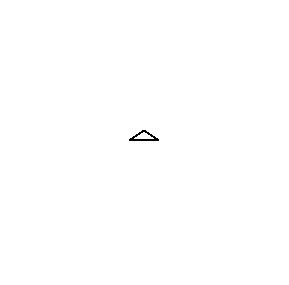How Rust Makes Advanced Type Systems Accessible to the Masses
Talk Outline

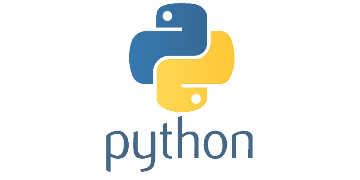

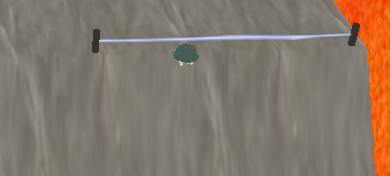
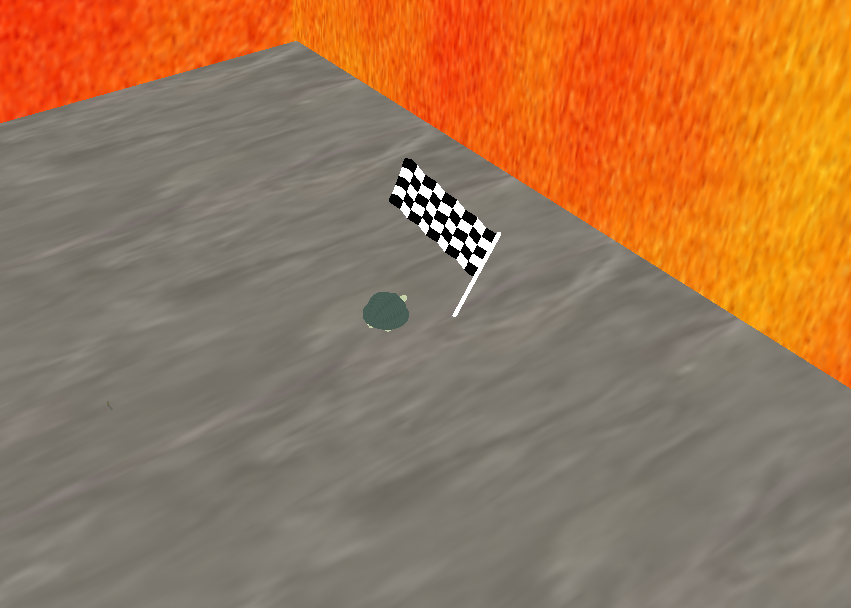
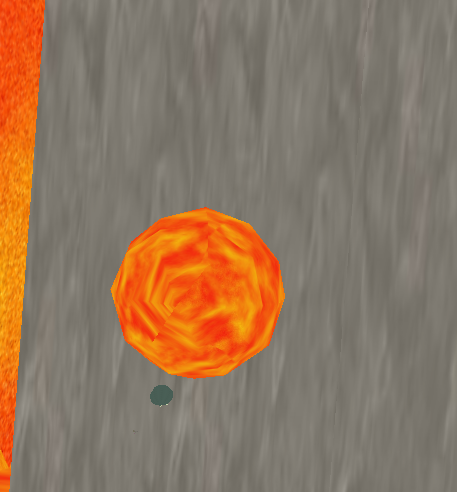
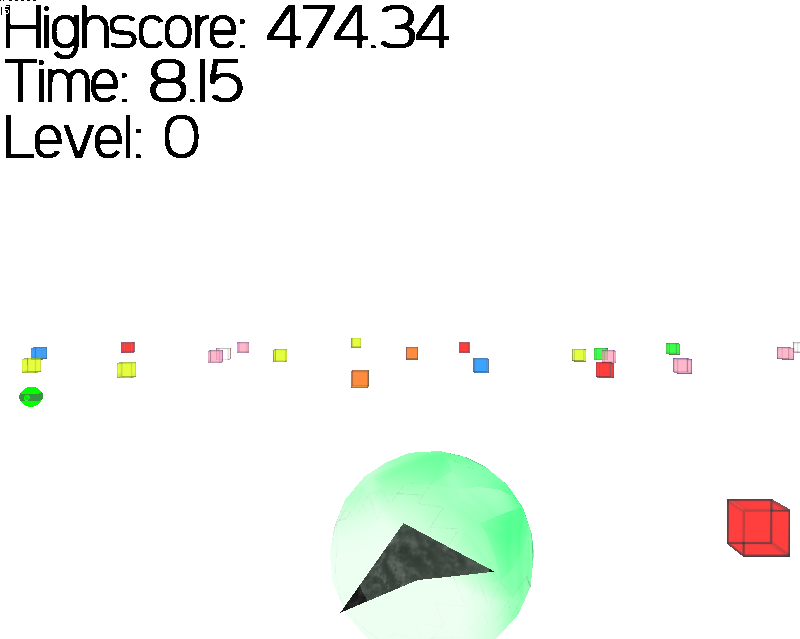

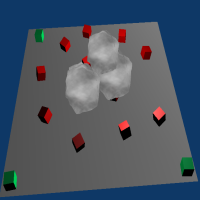
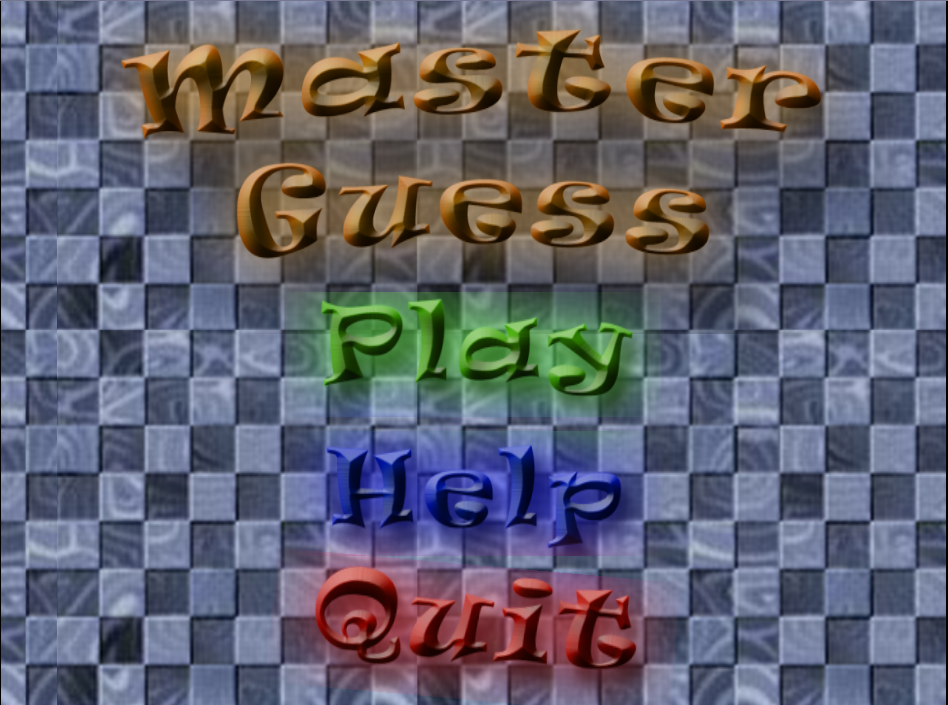
These pictures are from 8-9 years ago!
Python
- Great for learning and teaching
- Online resources, tutorials, books
- English-like syntax with "and", "or", and "not" which is readable for people with little or no programming background
- Big ecosystem of libraries and many production users
import random
min = 1
max = 6
roll_again = "yes"
while roll_again == "yes":
print "Rolling the dices..."
print "The values are...."
print random.randint(min, max)
print random.randint(min, max)
roll_again = raw_input("Again? ")
if (roll_again.startswith("never") and
roll_again.endswith("ever")):
print "I didn't want to play anyway."
elif not (roll_again.startswith("no") or
roll_again.startswith("No")):
print "That wasn't an option!"
Python
Interpreted
print "Favourite Animal Test"
prompt = "What is your favourite animal?"
fav = raw_input(prompt)
response = "That is a "
if fav == "dog":
response += "great"
elif fav == "cat":
response += "cool"
elif fav == "dragon":
response += "unreal"
else:
response += "awesome"
response += " choice!"
print response 32 + "abc"Dynamically Typed
This isn't valid
The Python interpreter evaluates programs line by line
# This will produce some text
ans = raw_input("Pick some letters: ")
# This will produce an integer
ans2 = int(raw_input("Pick some numbers: "))
# You can't add text to an integer, but
# Python will still run the above code
# before failing on this next line
print ans + ans2# Dynamically typed also means that
# you can do something like this:
stuff = "abc"
stuff = 22
# stuff can be anything you want and
# the Python interpreter will only
# check it when you use itTypes
Types and type systems are a way to provide more information about your code to a program that can check your code automatically.
Program with Types
Type Checker
User
Feedback
Program
Types
You don't need types!
- A human can check pretty much everything that a type checker could check for you
- The question is: Why should we?
- It is easy for computers to check a lot of these details for us
- We just have to give them enough information to do that
- Why spend your time doing something you can automate away?
Dynamically Typed
- Python
- Ruby
- JavaScript
- Racket/Lisp
- Lua
- PHP
- and many more!
Statically Typed
- C, C++, C#
- Java
- Rust
- Haskell
- Scala
- Swift
- and many more!
Types are checked while the program is running
Types are checked before the program can run
Rust
- Rust is a statically typed, compiled language
- In development since 2006, stable 1.0 version released in 2015
- Most loved programming language in the StackOverflow developer survey two years in a row in 2016 and 2017
- Fantastic community full of kind, compassionate and very knowledgeable people
- Lots of great learning resources, thorough documentation, and people who are happy to answer your questions
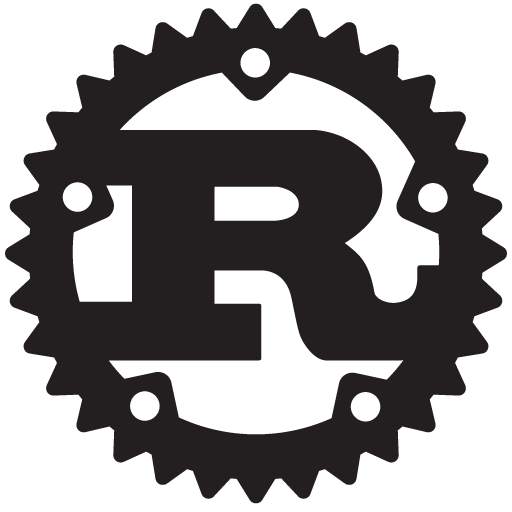
Rust
- Review: Types and type systems are a way to provide more information that can be checked beforehand
- Rust checks for trivial errors like passing the wrong types to a function or using incompatible types with an operator
- Programs that type check are guaranteed to be memory safe and not have any data races
- You can write code that will not type check unless it is correct

Rust
- The speed of C and C++, memory safety of Java, and the expressiveness of Haskell
- Clean and relatively simple syntax that lets you focus on what you want to do and not need to write a lot of extra code to do it
- From the FAQ: "We do not employ any particularly cutting-edge technologies. Old, established techniques are better."

Friends of Rust
https://www.rust-lang.org/en-US/friends.html
Takeaways
- Rust makes advanced type systems accessible to everyone by having a great community, a fantastic set of features, and excellent learning resources
- Type systems are good, important parts of programming languages that will reduce the amount of problems in your code
- We should be using advanced type systems so that we can give the computers checking our code as much information as possible
- The Rust Book
- Rust by Example
- Rust Cookbook
- Programming Rust
- Rustlings
- Rust Learning
- into_rust()
- and many more resources that can be found using your favourite search engine!
Learn Rust
- Learn Rust from scratch by drawing pictures
- No prior programming experience required
- Ready in a few weeks!
Turtle
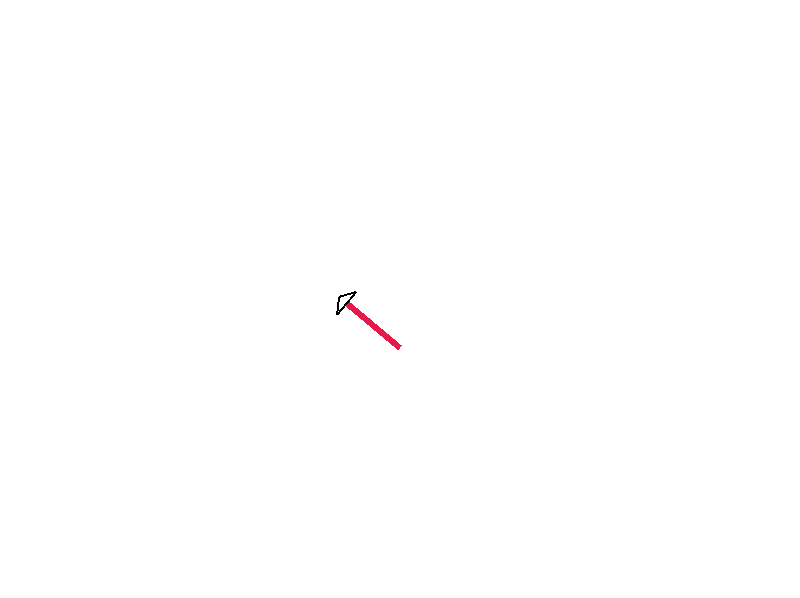
Website: turtle.rs
